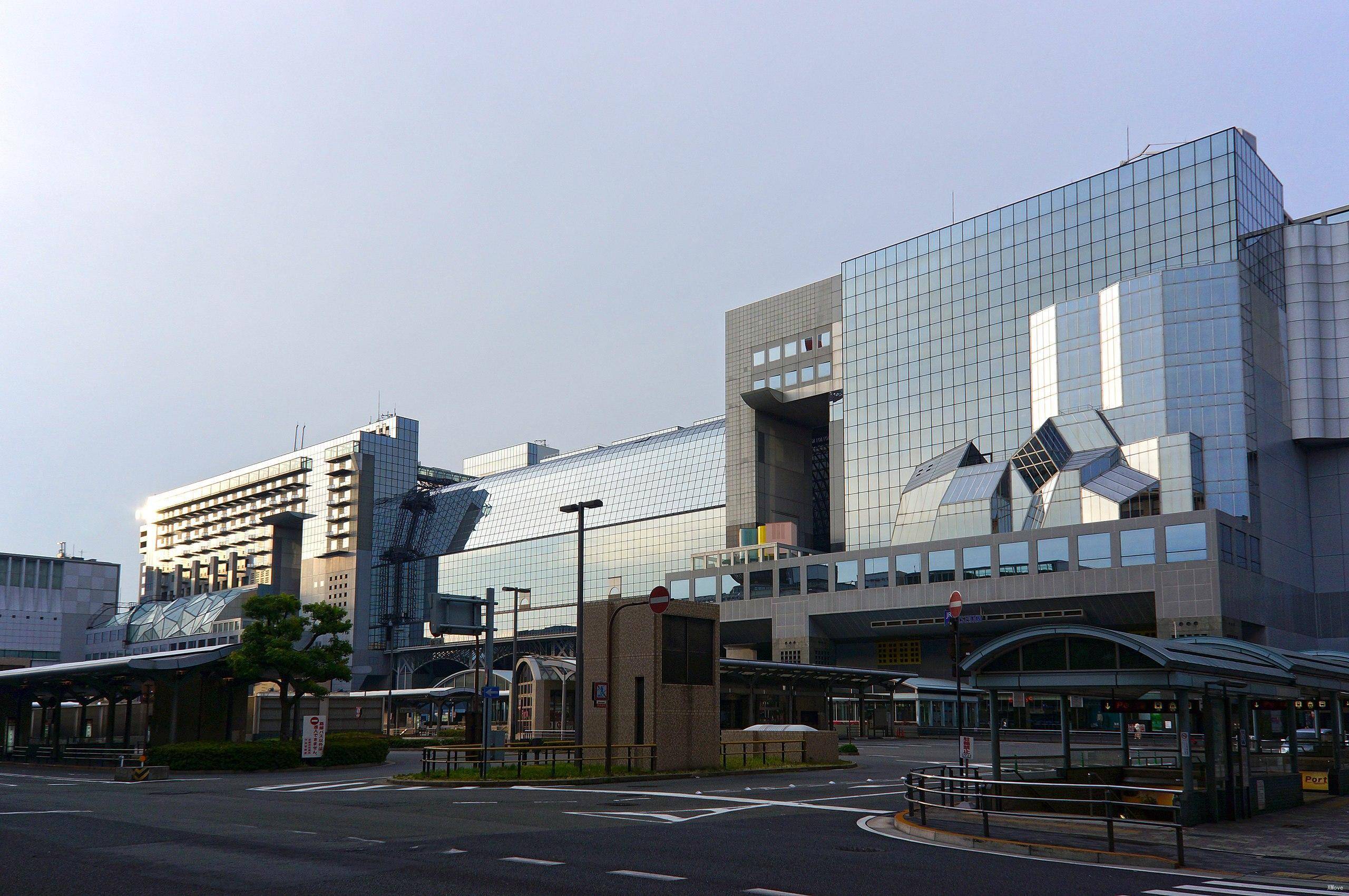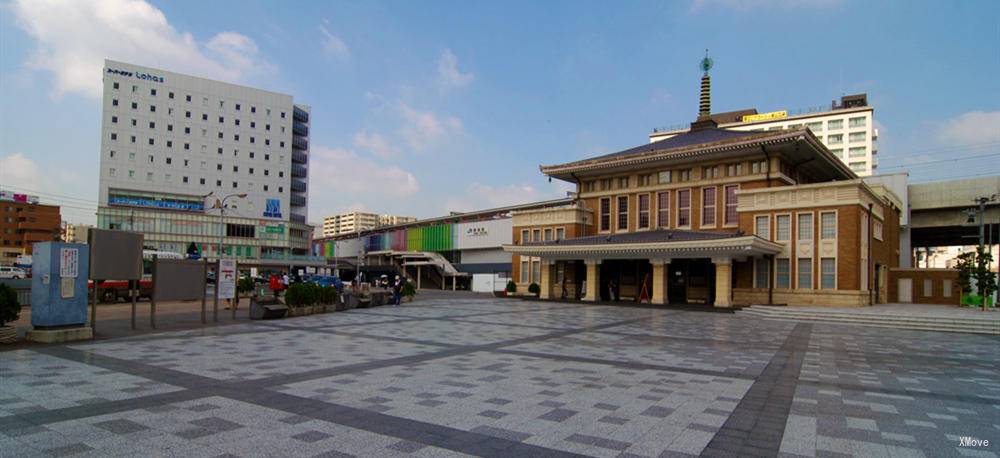Nara
Nara Station (Japanese: ならえき), located in Ibara-machi, Nara-shi, Nara Prefecture, is a station of the West Japan Railway (JR West Japan).
Although there is a Kintetsu Nara Station on the Nippon Railway (Neitsu) Nara Line, which is often called "Nara Station", the station is actually located at a distance of about 900m from the east line of JR Nara Station. It is not suitable for direct use. Transfer station use.
Station construction and layout
The JR Nara Station has 3 floors and is compact and easy to navigate. There are only five stations and a set of ticket gates. The third floor is the platform, the second floor is the station hall and some commercial facilities, and the first floor is the shopping center.

Nara Station Floor Plan
JR Nara stands on both sides of the east and west, and there are bus stops and taxi stands at the exit. However, the East Exit is the main export, you can find a tour bus to the city centre and Nara Park at the East Exit, as well as more taxis.

Nara Station East Exit
Line
JR Nara Station has five stations that serve four lines.
- Yamato Route (Kansai Main Line)
Trains on the Dahesi Line depart from all stations. The southbound services of the Horyuji Temple, Tennoji Temple, JR Namba Station and Osaka Station depart from Platforms 1, 2 and 3. The services to Mujin Station, Kamo Station, Iga Ueno and Northbound are departing from the 3, 4 and 5 platforms.
The JR Nara Line trains to Uji Station, Inari Station, Tofuji Station and Kyoto Station depart from stations 3, 4 and 5.
- Wan Ye Mahoroba Line (Sakurai Line)
Trains bound for Tianli Station, Sanlun Station, Sakurai Station and Wakayama Station depart from Platform 1.
- Xueyan City Line Gakkentoshi
The Gakkentoshi Line service to Osaka Kyobashi departs from platform 4.

Nara Station Platform
Nara - Station Guide | Departures and Arrivals | Popular Routes










